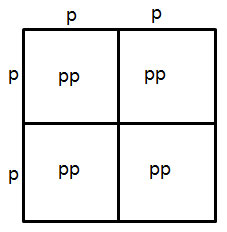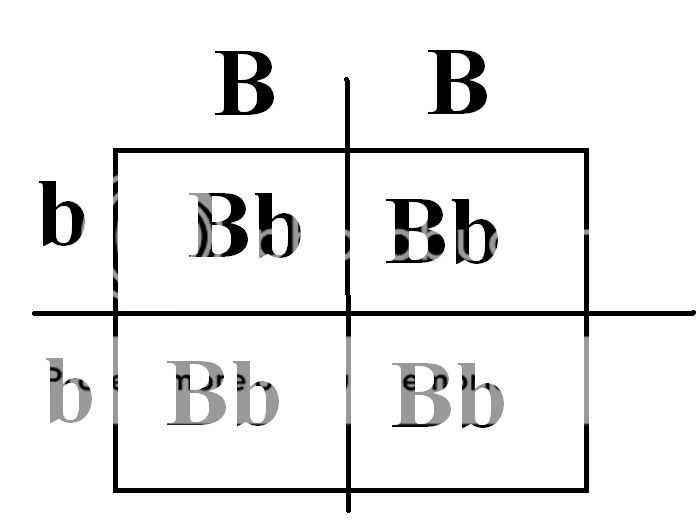Hi everybody!
We've been raising chickens for a little over a year now. I (husband going along for the crazy ride) wanted to start breeding Silkies an Australorps in our little rural part of the world. I think I'm figuring out color, etc on the Australorps, but our Silkies have me a bit confused.
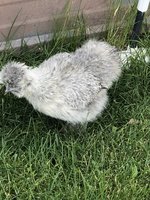 What color is this hopefully girl?
What color is this hopefully girl?
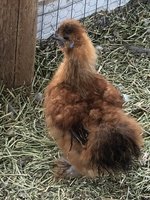
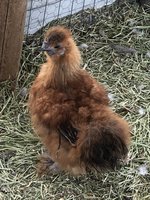 How about our roo?
How about our roo?
So here is a quick synopsis of what we currently have. White Silkies hens from our original flock started last March/April. We hatched out (from a breeder) 3 more silkies. Of that new group, we have 2 confirmed boys (1 is above) and 1 hopeful girl (she is also above). The last one is a White boy.
I know that if we breed white boy to white girl, we get 100% white babies. What I don't know is what would happen if we kept our little brown guy and bred him to the current White girls or even more-so what would we get if the 2 above had chicks?
I hope I didn't ramble and I hope that someone can help me figure this out
We've been raising chickens for a little over a year now. I (husband going along for the crazy ride) wanted to start breeding Silkies an Australorps in our little rural part of the world. I think I'm figuring out color, etc on the Australorps, but our Silkies have me a bit confused.
 What color is this hopefully girl?
What color is this hopefully girl?
 How about our roo?
How about our roo?So here is a quick synopsis of what we currently have. White Silkies hens from our original flock started last March/April. We hatched out (from a breeder) 3 more silkies. Of that new group, we have 2 confirmed boys (1 is above) and 1 hopeful girl (she is also above). The last one is a White boy.
I know that if we breed white boy to white girl, we get 100% white babies. What I don't know is what would happen if we kept our little brown guy and bred him to the current White girls or even more-so what would we get if the 2 above had chicks?
I hope I didn't ramble and I hope that someone can help me figure this out





